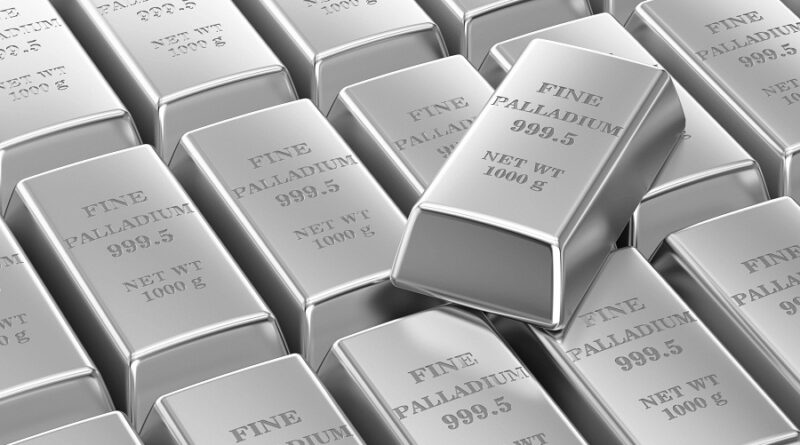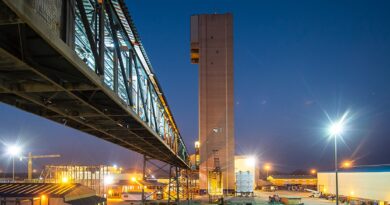Supply shortages drive palladium above $2300
The price of palladium has soared on the global commodities markets. It has jumped by more than 25% in January, and almost doubled in value over the last year. At about $2,382.36 / oz an ounce of palladium is more expensive than gold ($1,895.42 / oz), and the pressures forcing its price up are unlikely to ease anytime soon.
Palladium surged in January breaking even most optimistic predictions as scant supply and robust demand extended a record-breaking rally. The precious metal jumped as much as 9.7% in a single day to an all-time high of $2539.14 (R36 750 at current exchange rates) an ounce.
The metal rallied to post its best value since 2001 and, still in October, shows little sign of slowing down, even as some analysts caution that prices may be due for a pullback.
Whereas palladium’s rally has been driven by supply deficits and surging demand, the increases have exceeded market forecasts, said an analyst at Noah Capital Markets, who expects spot prices could retreat to average $2250 an ounce for the rest of the year.
Palladium is trading almost three times the price of platinum ($869.34 / oz), which may motivate carmakers to use it as a substitute, according to a banking group.
Palladium’s unprecedented rise has been a blessing for platinum-group miners in South Africa, which produce about 38% of global palladium. Supply constraints in South Africa, where producers are grappling with an uncertain electricity system, have been one the main drivers for the price rally, said ABN Amro Bank NV strategist Georgette Boele.
It is a shiny silverish metal in the same group as platinum, ruthenium, rhodium, osmium, and iridium (PMGs). The majority supplies come from Russia and South Africa. Most of it is extracted as a byproduct in the mining of other metals, usually platinum and nickel.
Its most important commercial use, more than 80%, is as a critical component in catalytic converters – a part of a car’s exhaust system that controls emissions – found mainly in petrol and hybrid vehicles.
These devices turn toxic gases, such as carbon monoxide, and nitrogen dioxide, into less harmful nitrogen, carbon dioxide, and water vapour. In a far lesser extent it is used in electronics, dentistry, and jewellery.




